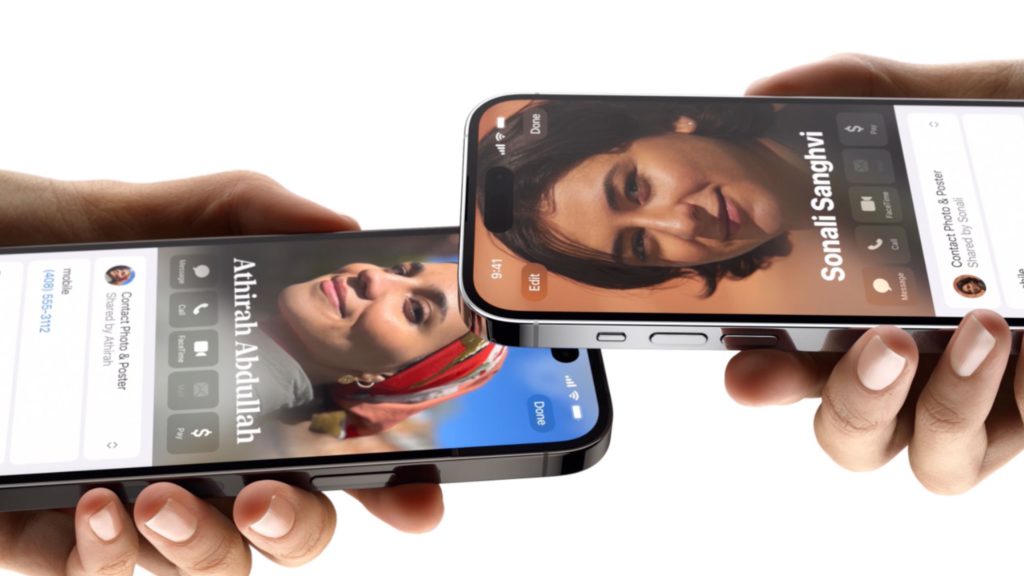What you need to know
- Google may be working on an alternative to Apple’s NameDrop feature for Android.
- The tool might use NFC to make contact sharing between Android phones seamless.
- It would allow Android users to share their name, photo, phone number, and email in a tap.
Google is catching up to Apple in terms of ecosystem features and integration, but it still has work to do. There are many Apple ecosystem features that currently have no equivalent on Android, like NameDrop — an NFC-based contact sharing tool. However, that might be changing. Android Authority uncovered the early workings of a Contact Exchange feature that could make for easy contact sharing in a future Android update.
Android Authority first spotted code referring to NFC data sharing in version 25.44.32 of the Google Play Services beta. The code included nods to “Gesture Exchange,” “ContactExchangeActivity,” and “ndef.” The latter term is probably a shortened version of NFC Data Exchange format, according to the report.
Gesture Exchange
Gesture Exchange A newer version of Google Play Services, v25.46.31, allowed tinkerer AssembleDebug to activate what could be Android’s upcoming contact sharing interface. While these are clear signs Google is working on an easier way to share contact cards on Android, much like NameDrop, we don’t yet know what the feature will be called. Or, if it relies entirely on NFC.
What could Android’s NameDrop alternative look like?

For context, Apple added NameDrop with iOS 17, so it’s been available on iPhones for a few years now. Users create Contact Posters — which Google already brought to Android in the form of Calling Cards — with their name and a picture.
When they hold the top of their iPhone to another, they have the option to share their Contact Poster and contact information. The gesture can also be used to start SharePlay for communal movie-watching or game-playing.
The upcoming Android equivalent is less flashy at the moment, but that could change before the feature might release. It has fields for a photo, name, phone number, and email. There are checkboxes that let users select exactly what contact fields will be shared with another person. You also see a Receive only option that’ll share nothing with the other person.
After successfully using Contact Exchange, Android shows a screen confirming receipt and the contact details. From there, Android users could save the contact details transferred wirelessly to their phone and Google account.
It’s unclear when, or if, Contact Exchange might publicly release for Android users. Considering Google already borrowed iOS 17’s other flagship feature, Contact Posters, it wouldn’t be surprising to see it take inspiration from NameDrop as well.


